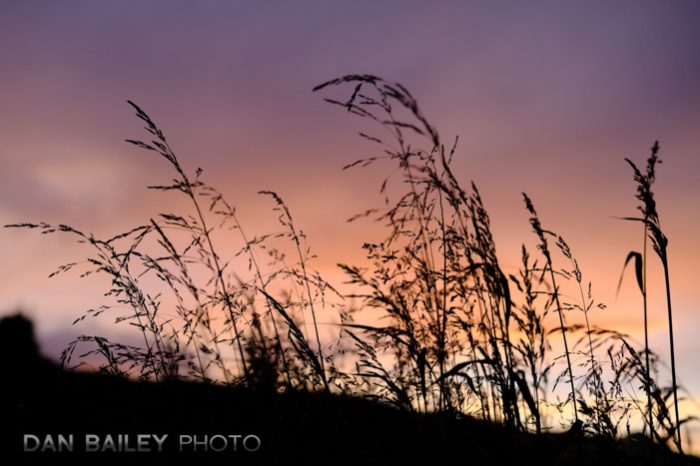
For those of you who used to shot film, you might remember that there was a basic set of instructions printed on the inside of the box. They pretty much said, “For the best exposure, stand with your back to the sun.”
In most situations, this will generally give you good results, especially in especially pleasing light. Of course, that’s not the only approach, nor is it necessarily the best approach. When you shoot with the light off to your side, you start to accentuate your shadows, which highlights shape and texture. Sidelighting can be a very effective photography technique and it can lead to dramatic results.
What about backlighting? Shooting straight towards the sun can be a tricky proposition, but it can also yield very interesting lighting effects and compelling compositions.
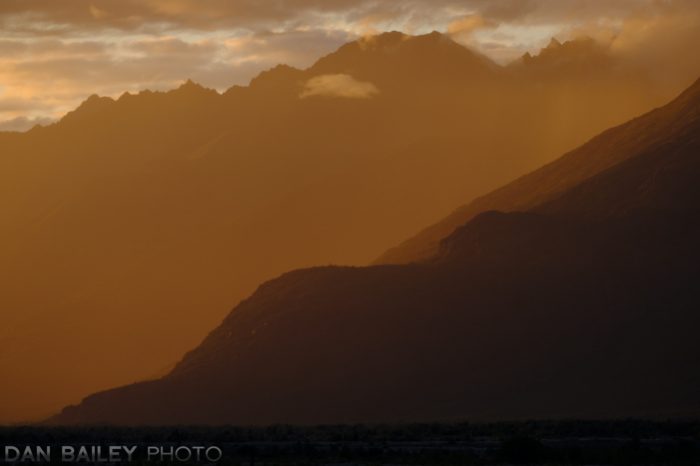
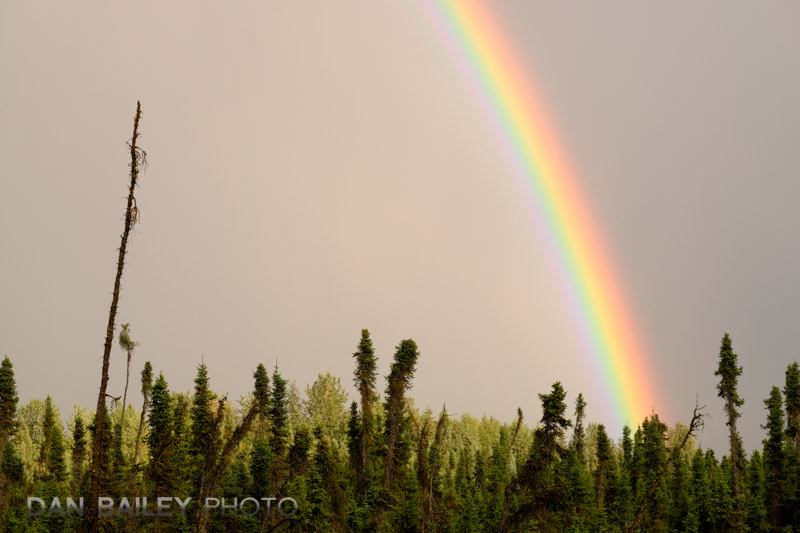
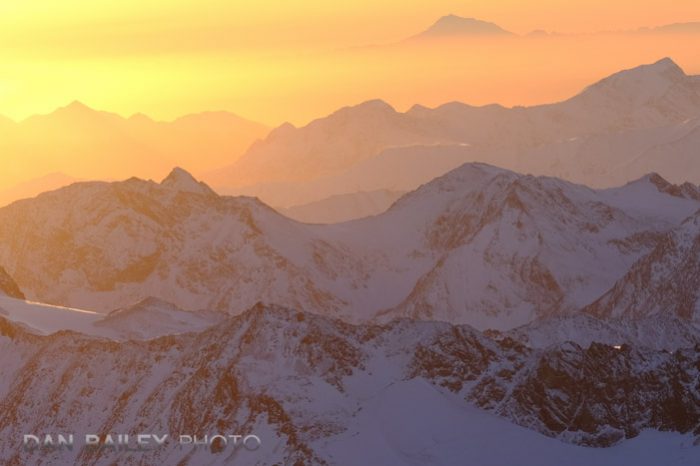
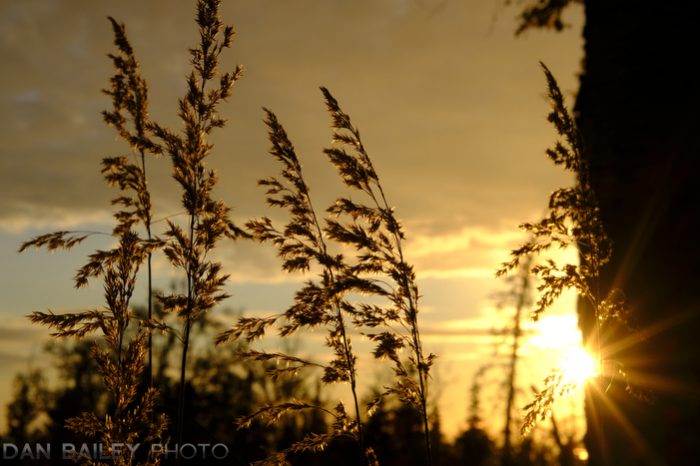
The main benefits of shooting straight towards the light is that your camera is often pointed at the most brilliant colors of the scene. You can use this to your advantage. At dawn and dusk, the low sun illuminates the sky and any clouds that are present with a bright colorful glow. Even if you don’t include the sun in your composition, you can focus on these especially bright hues.
The other obvious benefit with backlighting, is that’s the exact light you need for creating silhouettes. As an added plus, you’ll find that when you do this, you’ll see that the direct sunlight often creates a halo effect, which illuminates the edges of your subject. The intensity of this effect is increased the closer you are to your subject. You can see this in the two images above.
This type of situation also allows you to create a sunstar. You get this look by hiding the sun behind an object in your frame and having it just peek out a little bit, and by stopping your lens down to the neighborhood of f/16.
 Another cool effect with backlighting is that it will accentuate any kind of haze, dust, rain, hoar frost or falling snow in your scene. It’s also the right kind of light for creating sun flares.
Another cool effect with backlighting is that it will accentuate any kind of haze, dust, rain, hoar frost or falling snow in your scene. It’s also the right kind of light for creating sun flares.
If you scroll back up to the lead off picture in this post, you can see this effect with the hoar frost crystals that are being lit up by the sunlight. They actually become little tiny points of light themselves, taking on a visible shape that mirrors the aperture of your lens. (See below.)
With translucent subject matter, such as leaves and foliage, the sunlight will shine through the object and illuminate then with increased vibrancy, just like slides on a light table.
Keep in mind that shooting against the sun comes with one big inherent challenge: the potential for greatly increased contrast. Keeping the direct sun out of your frame will help reduce potential problems, shooting closer and using long lenses can help as well.
Perhaps the biggest problem solver is to shoot in wintertime. The high reflectivity of snow in your scene will go a long way towards eliminating any contrast issues. Even with very bold light, you’ll still be able to discern color and detail in your shadows.
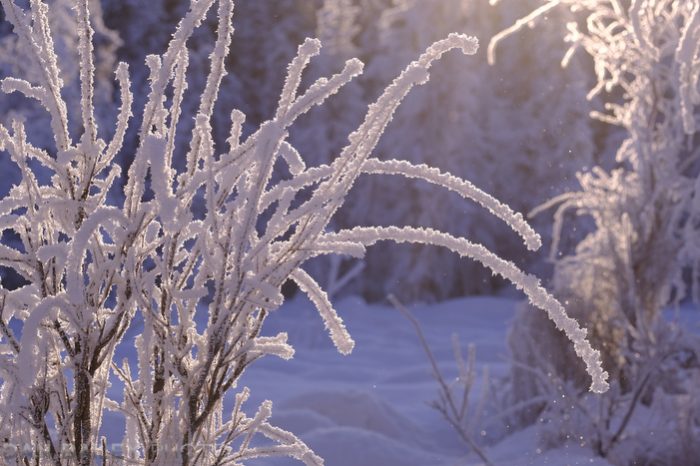



Finally, I love shooting portraits against the sun. The dramatic warm light at the end of the day creates a wonderful backdrop for a great expression or personality or when capturing particular memorable moments in life. I find that this effect is accentuated when using long lenses.
When using this technique, I would recommend eliminating the direct sun from your frame. Hiding it behind your subject can produced a very pleasing, warm lighting effect. It still produces very strong, bold look, but it won’t overpower and kill the scene. That’s what I did in the second portrait of my dad below.
As you can see, backlighting can give you some gorgeous looks. Get in the habit of looking straight towards the sun, especially when it’s low in the sky, and you’ll open up new creative possibilities with your photography.
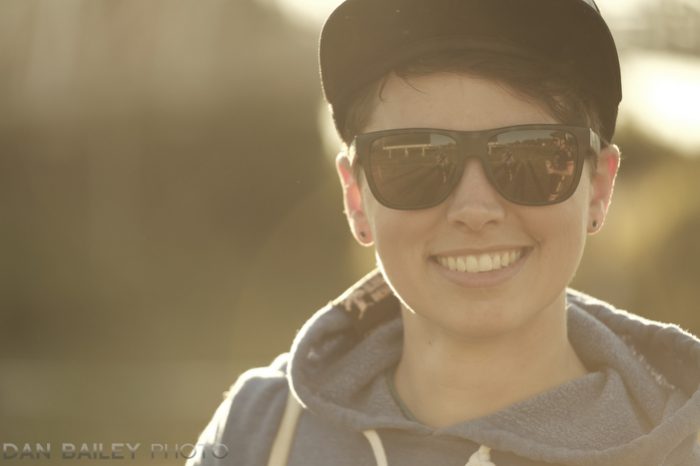
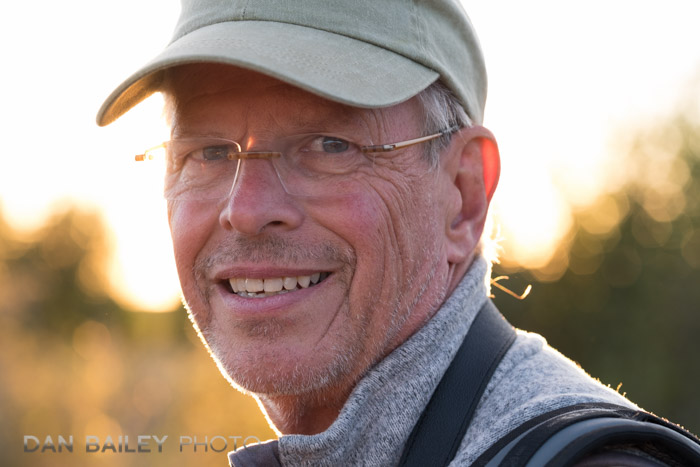
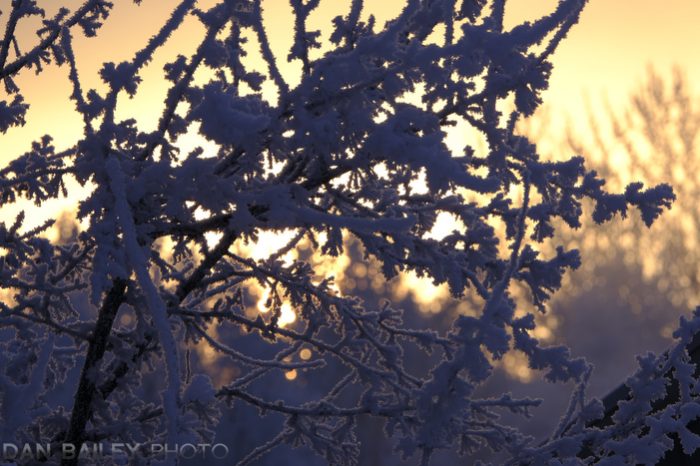

[…] For those of you who used to shot film, you might remember that there was a basic set of instructions printed on the inside of the box. They pretty much said, “For the best exposure, stand with your back to … Continue reading → […]